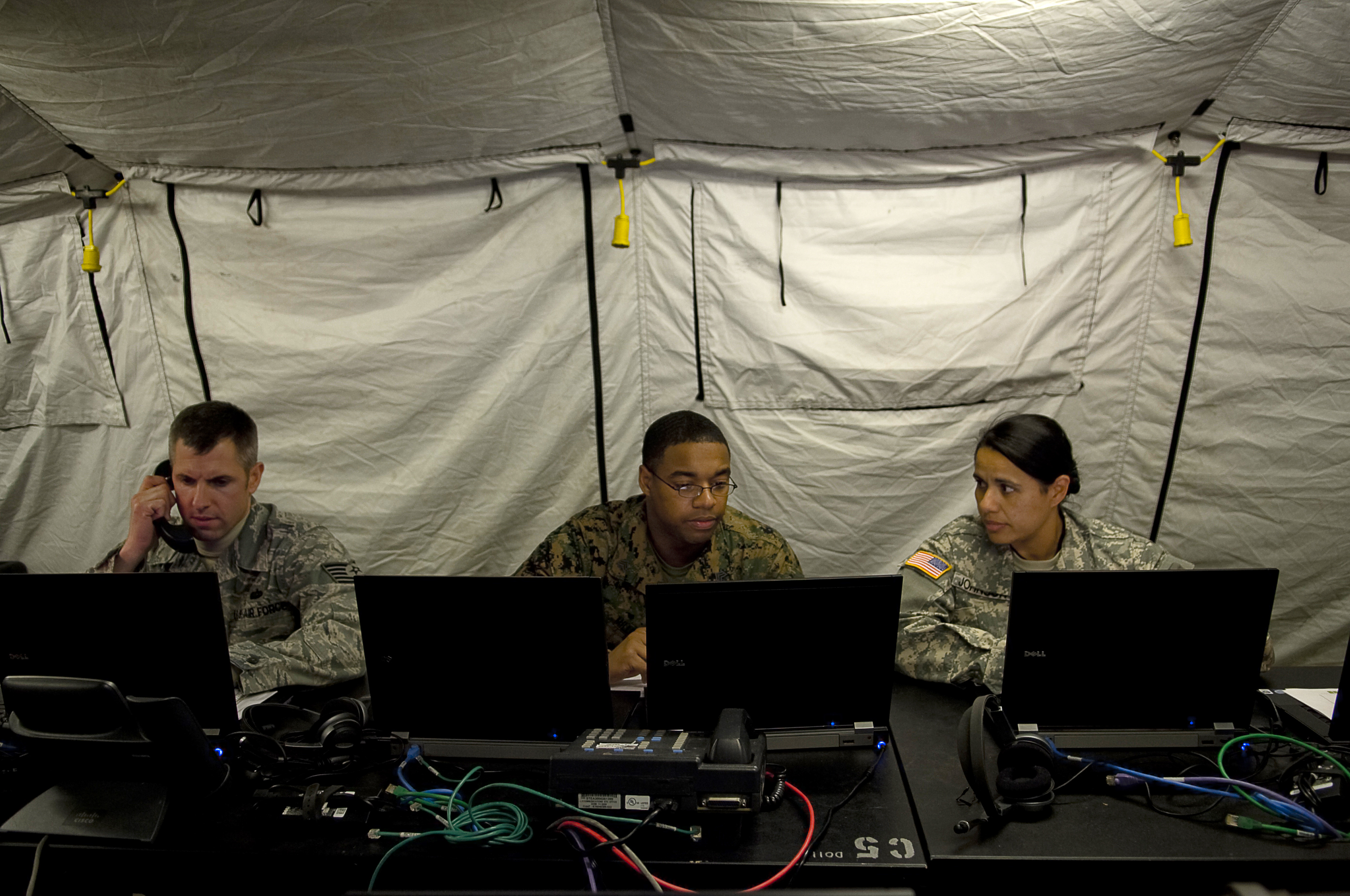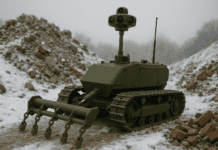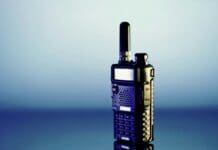This post is also available in:
 עברית (Hebrew)
עברית (Hebrew)
The US Marine Corps has been dictating military development trends in recent years. With a next generation radar system and a mobile radio antenna, the Marine Corps is introducing a brand new command and control system – much faster, more accurate and mobile than its predecessors.
The new system was tested successfully, and the air station’s Marine Air Control Squadron 2 (MACS-2) has become the first unit to officially transition to the next generation system.
“As it stands right now, we have the air situation picture well developed. But what’s absent is an integrated depiction of the ground picture,” said Col. Rey Masinsin, Program Manager for Air Command and Control and Sensor Netting, in a recent Marine Corps Program Executive Office for Land Systems statement. “So what we deliver with the new system is the combination of the ground picture and the air picture so that we can better develop synergies between the two.”
The system consists of phase two of the Common Aviation Command and Control System, which also runs the Composite Tracking Network (CTN) system software. A truck-portable radio antenna allows line-of-sight connection for the CTN. According to defensesystems.com, the computers and accompanying hardware are housed inside a portable tent. The computing software can rapidly process operator commands, according to an MACS-2 spokesperson, taking only two to four seconds, as opposed to the 30 to 45 seconds needed by the old systems.
The final component for the new-age C2 system is the Ground/Air Task Oriented Radar (G/ATOR). The next generation radar system adds two capabilities that older systems lacked: the ability to track low-flying drones and cruise missiles and mobility. The system can detect and track more complex flight paths and smaller objects than the five systems that it will replace.
The mobility of the system as a whole is key as it means that in situations of contact or areas of intercept, it can be set up in the best location to facilitate the flow of critical information, said Sgt. Joshua Holden, Tactical Air Defense Controller with MACS-2. “We set up our site and then we had a UAV fly over just to do a site survey just to see basically what we looked like from the air. So in that case if we have an enemy that spots us, we don’t want to stay there and get bombed, the ability to pick up and move and then they bomb an empty site the next day is pretty important to keep us all alive,” said Sgt. Holden.
The G/ATOR system has further tests ahead of it in preparation for initial operational capability in early 2018. Meanwhile, the Marine Corps has purchased nine CAC2S Phase 2 Systems from General Dynamics and seven are scheduled to be fielded this year. Once all 50 CAC2S Phase 2 Systems are contracted for and fielded, Col. Don Gordon, Program Manager for the CAC2S reported that the Marine Corps will update the software four times a year to obtain patches for cyber security vulnerabilities and general upgrades.


























